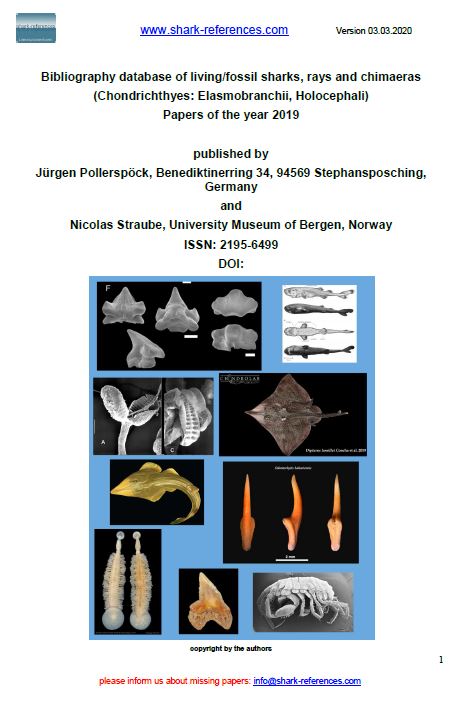
Ocean-wide tracking of pelagic sharks reveals extent of overlap with longline fishing hotspots. Proceedings of the National Academy of Sciences of the United States of America, 113(6), 1582–1587
DOI: 10.1073/pnas.1510090113

Basking sharks and oceanographic fronts: quantifying associations in the north-east Atlantic. Functional Ecology, 29(8), 1099–1109
DOI: 10.1111/1365-2435.12423

Quantifying the impact of environmental variables upon catch per unit effort of the blue shark Prionace glauca in the western English Channel. Journal of Fish Biology, 85(3), 657–670
DOI: 10.1111/jfb.12448

A basking shark (Cetorhinus maximus) tracked by satellite together with simultaneous remote sensing II: New analysis reveals orientation to a thermal front. Fisheries Research, 95(2–3), 370–372
DOI: 10.1016/j.fishres.2008.09.038
















